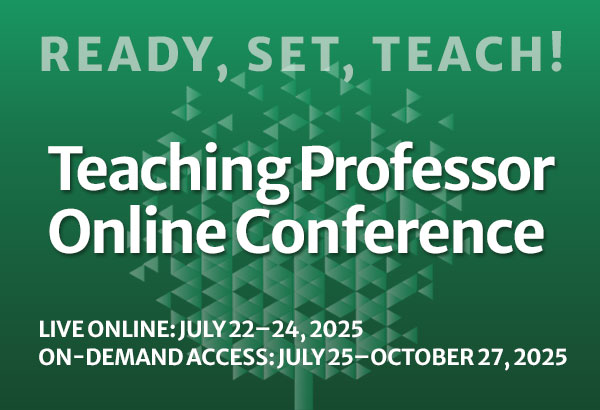Helping to Motivate Adult Online Learners
When Sheri Litt became dean of arts and sciences at Florida State College’s Open Campus, one of her priorities was to address the issue of online learner satisfaction and success. “We started looking at the data,” Litt says. “We looked at students’ comments on surveys



